Dien Bien Phu Campaign: On April 12, 1954, Company 828 of Battalion 394 shot down the 50th enemy plane.
On the enemy side: Nava researched and planned to implement the "Condor" plan, a plan to rescue the army stationed at Dien Bien Phu and flee to Laos.
On our side: By April 11, 1954, that is, entering the second phase of the campaign for more than 10 days, anti-aircraft troops and artillery had shot down and damaged 49 enemy aircraft of all types. In order to encourage forces on the entire front to participate in shooting down enemy aircraft, the Campaign Command directed the launch of a competition movement to shoot down the 50th aircraft. Realizing that the opportunity to make achievements at an important time had come, and at the same time, it was also an opportunity to eliminate the "idol" of the French air force, the 367th Anti-Aircraft Artillery Regiment focused on researching ways to attack the "flying fortress" B-24. During the research process, our troops learned that this was a four-engine bomber, and from the ground, if counting the nose of the aircraft, it looked like it had 5 heads, so our troops often called it a 5-headed aircraft. The B-24 has a fairly large carrying capacity, usually flies level, and drops bombs at altitudes of 3,000m to 3,500m. Although it is a type of aircraft with many superior features compared to other types, the B-24 is not without inherent disadvantages such as unstable flight path, large size, and when operating at altitudes that are often within the effective firing range of 37mm anti-aircraft guns. Thus, if you choose the right opportunity, shoot accurately, and fully utilize the weapon's features, you will definitely destroy this "5-headed" enemy.

12.7mm artillery position shot down enemy aircraft supplying the Dien Bien Phu stronghold. Photo: VNA archive
Without having to wait long, at noon on April 12, 1954, Company 828 of Battalion 394 discovered the "5-headed" B-24 sneaking into the battlefield area. That day, Deputy Company Commander Nguyen Do Huu was on duty, waiting for the plane to lower its altitude and reach an effective firing range, he loudly ordered the battery teams to open fire simultaneously. The "flying fortress" was hit by concentrated anti-aircraft fire, cutting the cockpit off from the body, crashing straight into Ban Keo field, carrying bombs that had not yet committed the crime. This was the 50th plane shot down and destroyed in the Dien Bien Phu Campaign and also the first B-24 shot down on the Vietnam battlefield. Witnessing with their own eyes the scene of the "flying fortress" being knocked down by anti-aircraft artillery right at the front, our soldiers were extremely satisfied, the brothers near the plane crash site rushed out to climb on the wreckage of the B-24 and cheered. The news of the “flying fortress” being shot down quickly spread throughout the units, our troops were extremely happy because the “idol” of the French air force had lost its sacredness before our anti-aircraft fire net. These bombs were provided to the engineering soldiers with explosives placed inside the A1 hill in early May. The difficulty for the French pilots was not only in the increasingly concentrated anti-aircraft fire net, but also in the fact that the two opposing sides were too close to each other.

Wreckage of a B-24 plane crashed on the Dien Bien Phu battlefield. Photo courtesy
The French had to switch to parachuting food and ammunition at night. There were nights when the base received over 200 tons of supplies. The food situation of the base improved a little. This way the transport planes were also safer. But the parachute collection still had to be done during the day.
* Coordinate with Dien Bien Phu battlefield:
- At Inter-zone 5, we ambushed and attacked the enemy on Highway 19 from Pleiku to An Khe, destroying 22 enemy vehicles.
THANH VINH/qdnd.vn
Source


![[Photo] Binh Trieu 1 Bridge has been completed, raised by 1.1m, and will open to traffic at the end of November.](https://vphoto.vietnam.vn/thumb/1200x675/vietnam/resource/IMAGE/2025/10/2/a6549e2a3b5848a1ba76a1ded6141fae)





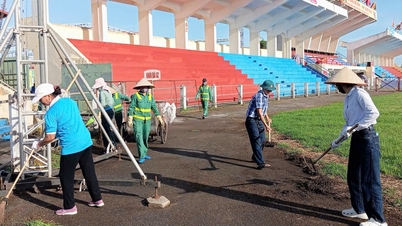











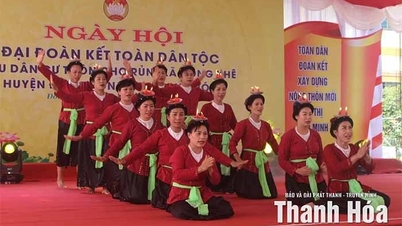

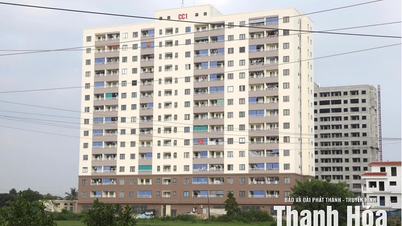

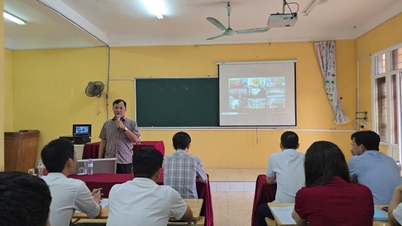








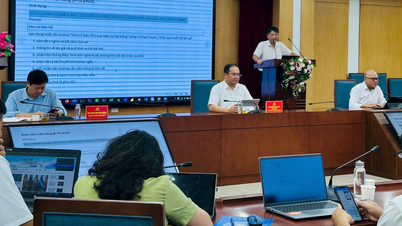

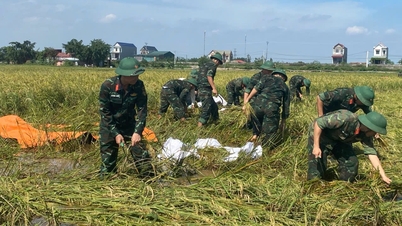

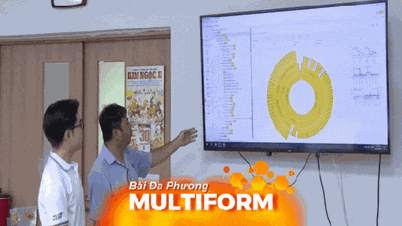
















































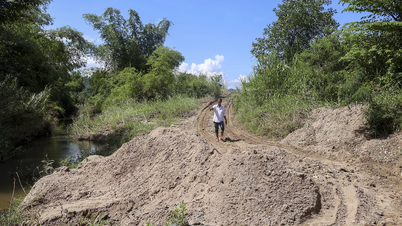
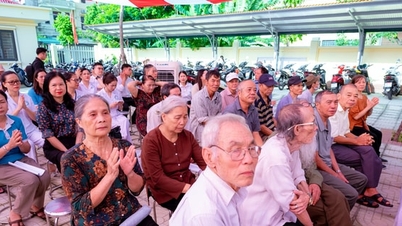



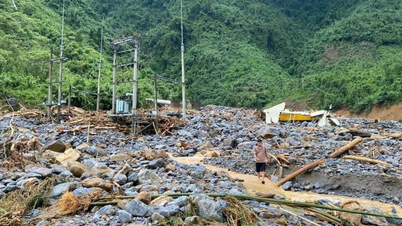
















Comment (0)